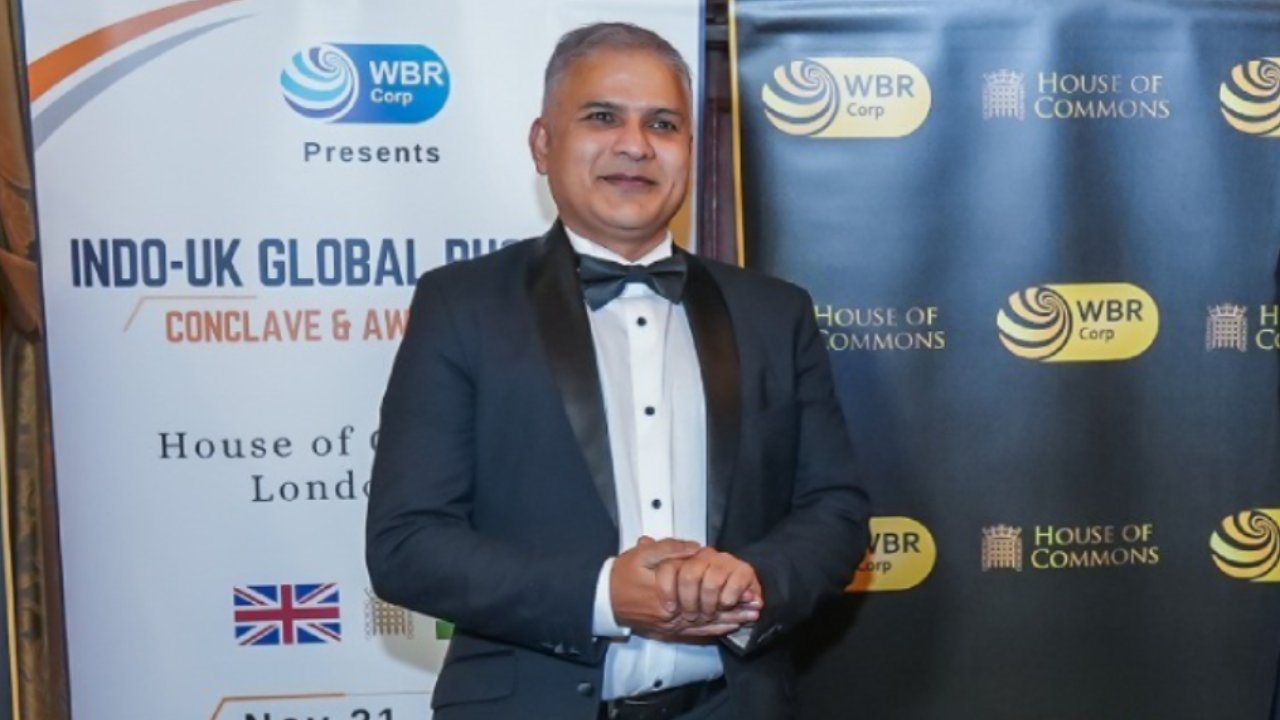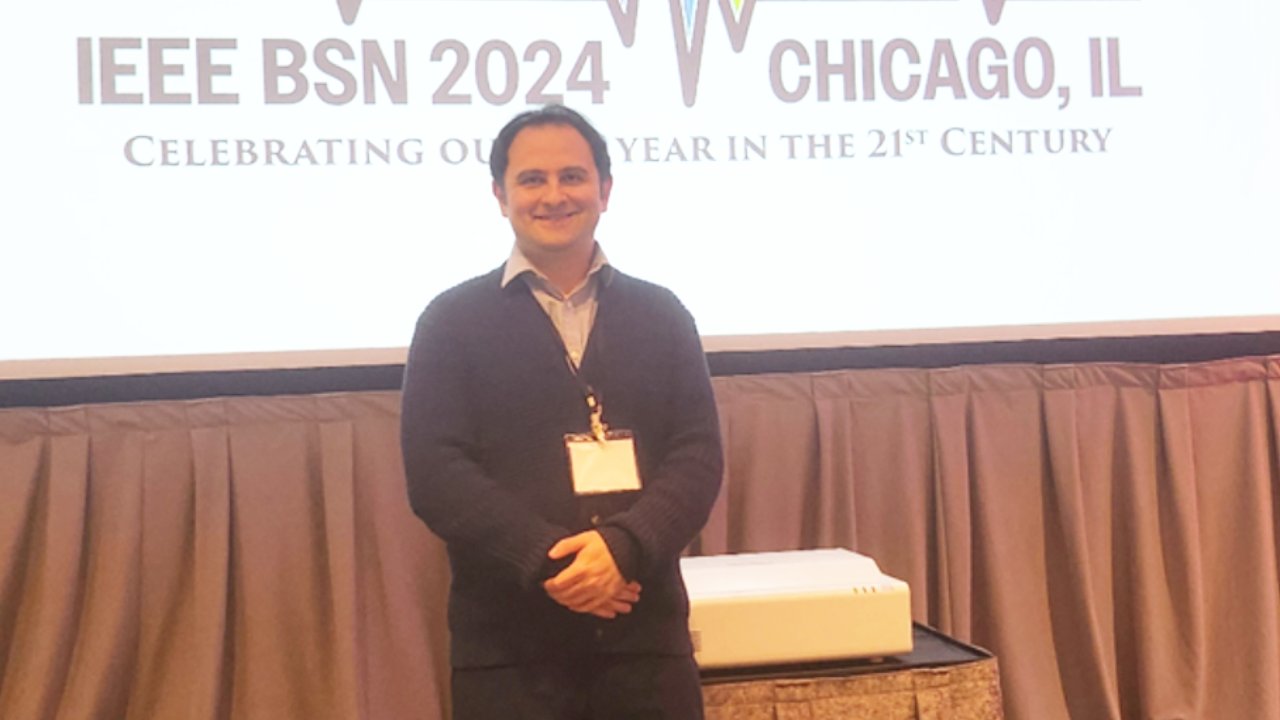With over 15 years of teaching and research experience, Dr. Neelam Pandey currently serves as an Associate Professor at Amity Institute of Psychology & Allied Sciences (AIPS), Amity University, Noida. Before this role, she held the position of Junior Project Fellow in DPSEE, NCERT, Delhi, contributing to a project titled “A Critical Review of Research in Elementary Education in the Context of Universalisation of Elementary Education.”
Having earned her master’s and doctorate in psychology from Banaras Hindu University, Dr. Neelam Pandey brings a wealth of academic expertise to her current position. Apart from her role as Associate Professor, she holds various significant positions at Amity University, such as a Member of the Departmental Research Committee(DRC), Member of Research Ethical Committee, Member of Board of Studies, Member of Area Advisory Board, and Member of Admission Board, She had handled Academics as In-charge of AIPS.
Under her mentorship, 5 PhDs have been successfully awarded, with 4 more currently in progress. Dr. Pandey’s scholarly contributions extend to the publication of 37 papers in both national and international journals, along with the presentation of 20 conference papers.
In a recent interview with The Interview World, Dr. Neelam Pandey delves into the intricacies of live-in relationships, highlighting the factors influencing their success and failure, proposing solutions to psychological challenges, and suggesting preventive measures. Here are some key excerpts from her insightful interview.
Q: How would you define live-in relationships, and what are the key psychological aspects associated with them?
A: I would like to share my perspective on the concept of live-in relationships, defined as a scenario where a couple cohabits in a committed, long-term relationship without formal marriage. In such an arrangement, they share a common residence, along with responsibilities and daily life aspects. Societal attitudes toward relationships and marriage have undergone a notable shift, particularly among younger generations who are more open-minded and less constrained by traditional norms.
This transition prompts a discussion about the varied psychological aspects inherent in live-in relationships, a subjective phenomenon influenced by individual choices. People opt for such arrangements for diverse reasons, and motivations can differ widely.
Living together facilitates a deeper understanding of each other’s habits, preferences, and daily routines, fostering compatibility and a stronger emotional connection. Additionally, partners in live-in relationships often experience greater flexibility and autonomy, contributing to a sense of personal freedom and independence.
It’s crucial to recognize that the dynamics and psychological aspects of live-in relationships can differ significantly among individuals and cultures. Success and satisfaction in such arrangements hinge on open communication, mutual respect, and a shared understanding of expectations.
In the Indian context, live-in relationships, with both positive and negative impacts on relationships, may encounter social stigma and judgment. This external scrutiny can potentially affect the psychological well-being of the individuals involved, leading some couples to keep their living situation confidential. Legal uncertainties, especially concerning property rights and financial matters, can also contribute to stress and anxiety.
Q: How does a partner anticipate fault lines in the relationship and what are the mechanisms to move on amicably?
A: Hidden within the depths of a relationship are fault lines submerged beneath unexpressed emotions such as anger, resentment, disappointment, distrust, and disillusionment. As a psychologist and family therapist, I’ve witnessed numerous relationships teetering on the edge not due to constant conflict, but rather the simmering tensions beneath the surface—unspoken words and unresolved disagreements. It’s when a stressor emerges that these fault lines become visible, sometimes leading to disastrous outcomes. Fortunately, various mechanisms can be employed to address and resolve these conflicts.
Firstly, establishing open and honest communication from the onset is crucial. Partners should share their expectations, values, goals, and concerns, with a commitment to actively listen and understand each other. This foundation fosters a deeper connection.
In today’s generation, trust issues are prevalent, making it imperative to avoid assumptions and prevent misunderstandings. This proactive approach contributes to a healthier relationship dynamic.
Finding a middle ground is another key strategy, allowing both partners to feel heard and respected. This contributes significantly to fostering harmony within the relationship.
Setting clear and mutually respected boundaries, encompassing emotional, physical, and personal space, is essential. This proactive step aids in conflict prevention and ensures maintaining mutual respect.
Instead of fixating on the issues, partners should collaboratively work towards finding solutions to challenges. This proactive stance promotes a problem-solving mindset rather than dwelling on the negative aspects.
When faced with painful differences, the focus should shift towards understanding what each individual is willing and able to do to resolve conflicts. It is crucial to avoid fixating on the partner’s shortcomings and expressing a willingness to do whatever it takes can make a significant difference.
Couple counselling serves as a valuable resource for learning to coexist harmoniously within a relationship. In the field of psychology, various effective remedies and therapies are available to address and resolve relationship issues and challenges.
Q: Can you share insights on the success rates of live-in relationships in India compared to other countries, and what factors contribute to these differences?
A: In my perspective, assessing the success rate of live-in relationships proves challenging due to India’s pluralistic and multi-cultural landscape, where various faiths and belief systems govern individuals’ lives. Although live-in relationships can thrive for many couples, their success hinges on the commitment and compatibility of the individuals involved, much like any other type of relationship. The essence of a live-in arrangement lies in evaluating compatibility, sharing responsibilities, and comprehending each other’s habits and lifestyle—a crucial step before embarking on a long-term commitment like marriage.
Despite the potential for success, live-in relationships face significant social and moral scrutiny. In India, people perceive these concepts as unconventional, immoral, and irreligious. While acceptance of this concept is gradually increasing, it remains significantly limited compared to Western countries where pre-marital cohabitation has become a societal norm. The social unacceptance of live-in relationships in India is at times extreme, with civilians, law enforcement agencies, and the judicial system engaging in moral policing.
Unlike married couples who can easily secure hotel rooms or apartments, live-in couples may have to forgo certain social and moral privileges associated with formalized marriages. This stark contrast underscores the challenges faced by those opting for a live-in arrangement in a society where traditional values still hold substantial sway.
Q: What role do psychological mediation strategies play in resolving conflicts within live-in relationships, and are there cultural variations in effective mediation approaches?
A: Effective resolution of conflicts in live-in relationships heavily relies on employing psychological mediation strategies that address both the emotional and cognitive dimensions of disputes. By acknowledging each other’s feelings and experiences, a supportive environment is fostered, reducing defensiveness.
Psychological intervention plays a pivotal role in enhancing communication, promoting understanding, and facilitating adjustments within the relationship. Various mediation strategies, such as managing emotions, establishing common goals, honing conflict resolution skills, and empowering individuals in their roles and responsibilities, contribute to the overall resolution process.
Moving on to the cultural aspect of effective mediation approaches, it’s essential to recognize the influence of cultural variations. Cultural factors like religious beliefs, moral values, rituals, time management, sanitation practices, greetings, gift-giving, exchange dynamics, conformity, rebelliousness, sports preferences, language nuances, and work ethics also have a role. These elements can significantly impact individuals and contribute to the reduction of conflicts within live-in relationships.
For certain couples, religious or spiritual beliefs may play a substantial role in shaping their values and attitudes towards conflict resolution. As psychologists, it’s crucial to recognize and generalize strategies for all couples facing challenges in their relationships, considering the diverse cultural influences that may shape their perceptions and approaches.
Q: From a psychological perspective, what preventive measures can individuals in live-in relationships adopt to address common challenges and ensure a healthier dynamic even after moving on?
A: Managing relationships, whether in intimate partnerships, friendships, or within families, is undeniably one of the most intricate aspects of the human experience. In India, couples engaged in live-in relationships often encounter a myriad of challenges, encompassing both social and legal dimensions. The non-recognition of such unions in our country contributes to the complexity of these relationships.
The societal landscape in India typically frowns upon live-in relationships, subjecting couples to social stigma and disapproval from not only family and friends but also the broader community. Negotiating these challenges and fostering a healthy dynamic post-movement into a live-in relationship requires a blend of communication, self-reflection, and proactive measures.
To effectively address these issues, employing psychological strategies becomes crucial. Open communication serves as a linchpin, emphasizing its importance in fostering healthy relationships. Repeatedly, it is suggested because communication underpins the foundation of any successful relationship. Engaging in open dialogue and actively listening to each other’s perspectives are vital components.
Additionally, seeking mutual understanding and reaching agreements on decisions is paramount. Respecting personal space is another key element. Allowing each other the necessary time and space to acclimate to new dynamics promotes a harmonious environment. Prioritizing emotional well-being further contributes to the overall health of the relationship.
According to the relationship turbulence theory, continuous exposure to divisive experiences such as jealousy, goal-blocking, closed communication, avoidance of difficult topics, and taking conflicts personally can lead to the deterioration of a couple’s connection. Early identification of these potential crises and open discussions about them can be instrumental in preserving a relationship.
In essence, navigating the complexities of relationships involves a continuous commitment to communication, understanding, and mutual respect. By proactively addressing challenges and prioritizing emotional well-being, couples can fortify their bond and weather the storms that may arise.
Q: What recommendations would you give to society, policymakers, and individuals to foster a better understanding of live-in relationships and address associated psychological challenges?
A: India stands out from other countries due to its rich cultural traditions and profound moral and social values. The institution of marriage, deeply ingrained in Indian society, dates back to the dawn of human civilization. It is regarded as a sacramental bond, an unbreakable relationship between individuals of different genders, widely accepted both socially and legally.
In contrast, cohabitation relationships, where two individuals share a dwelling without the formality of marriage, have become increasingly prevalent. These relationships often involve long-term romantic or sexually intimate connections. Nevertheless, it is crucial to note that the rights and freedoms associated with such arrangements are not absolute.
Couples in live-in relationships encounter significant challenges, such as societal non-acceptance. Despite the evolving societal norms, live-in relationships face scrutiny and judgment. While this type of relationship has its advantages and disadvantages, it is essential to recognize that individual experiences may vary. In practice, couples in live-in relationships may find themselves grappling with societal disapproval. The lack of acceptance can create hurdles for these couples, making it essential to consider the potential challenges before choosing this path. However, it is important to acknowledge that there are couples who discover that they are not compatible while living together. On the flip side, many couples successfully transition from cohabitation to marriage, finding lasting happiness in their union.










2 Comments
It’s very challenging societal issue, Despite western influence and fast moving societal norms, live-in relationships will have to face scrutiny and judgment.
But wanna input on few general things, The website layout is perfect, the subject material is rattling wonderful. “The way you treat yourself sets the standard for others.” by Sonya Friedman.
Comments are closed.